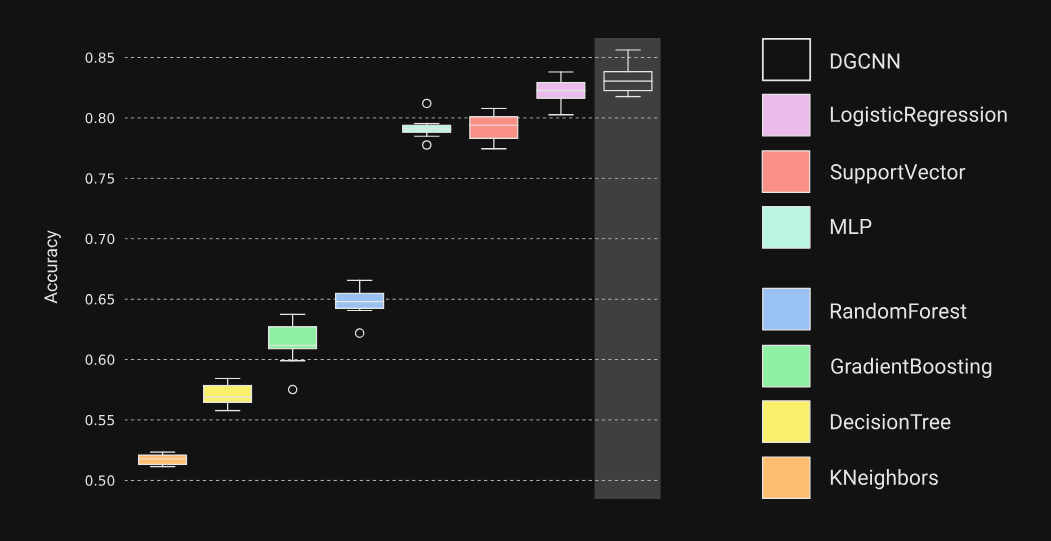AUTOMATION & MACHINE LEARNING
GRAPH ML IN DESIGN
This project explores the application of graph theoretical concepts in architecture and investigates the use of graph machine learning methods in the context of architectural analysis, with a focus on energy efficiency.
To this end, a synthetic architectural dataset containing geometric, categorical, dimensional, energetic and topological information is generated by integrating various space partitioning algorithms into an automated generation pipeline. Subsequently, a classification model and a regression model are trained on the generated knowledge graph dataset to evaluate the prediction and classification accuracy in terms of energy efficiency.
PYTORCH | DGL | TOPOLOGICPY | PYTHON
FLATLY BOT
This bot notifies users of new apartment listings in Berlin immediately after they are posted online. Designed with a modular architecture, the project consists of two independent services:
The scraping service constantly monitors a wide range of apartment provider websites for new listings, extracts relevant information, and stores them in an SQL database. The scraping logic is robust, extensible and designed to handle the dynamic nature of various websites.
The bot service serves as the frontend handling user interaction through Telegram. Users can specify their apartment search preferences, such as preferred providers, districts, budget, size and the desired number of rooms. These preferences are then used to filter the listings from the database.
The separation of scraping and bot services allows for high reliability and scalability. Users benefit from a fast and personalized apartment search experience, receiving almost instant updates directly to their device.
PYTHON | SQL | TELEGRAM BOT API |
HTTPX | APSCHEDULER
ML + ARCHITECTURE
This project explores the combination of machine learning and parametric architecture. The focus is on generating synthetic datasets to model urban architectural forms, which are subsequently analyzed and simulated. These evaluations inform the training of machine learning models to identify and optimize high-performing spatial configurations. The final outcome leverages a trained model to propose optimized urban layouts based on user-defined parameters.
PYTHON | BLENDER | RADIANCE | RANDOM FOREST
MUSICAL SCORE TRANSLATION
This project is the result of a collaboration with the ALLICE LAB studio, which focuses on the use of digital media to translate logical rules into compositional forms in three-dimensional space. The work consisted in generating an interpretation of a musical piece and especially its score in a 10 cm2 cube using Python and Blender as an interface. I decided to use an animation that generates geometric shapes corresponding to the music by interpreting data stored in CSV file format. The musical symbols are divided into generators and transformers and each symbol is linked to an elaborated rule which is parametrized through its values.
BLENDER | PYTHON | PANDAS











